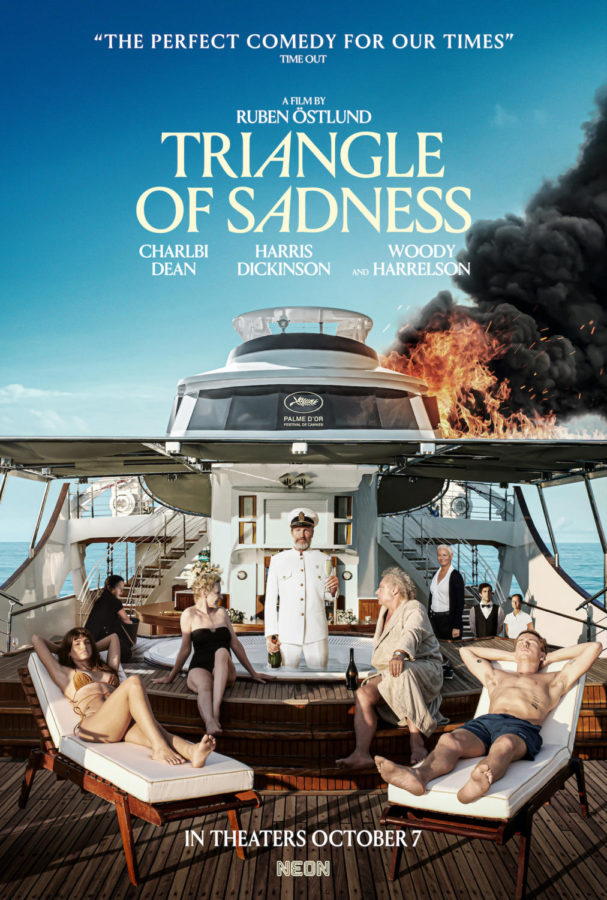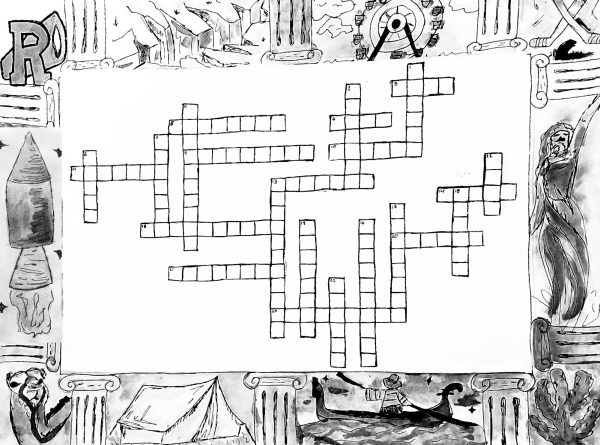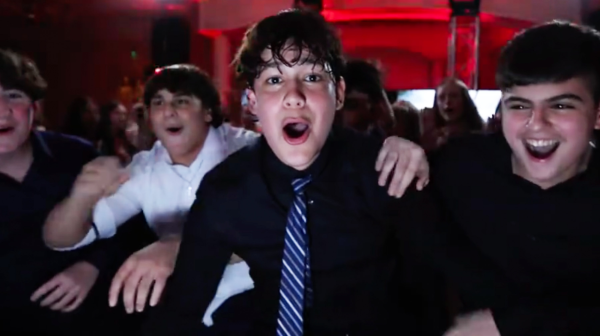Ruben Östlund Falls Short In His Attempt To Comment On Social Matters In The ‘Triangle Of Sadness’
January 20, 2023
Swedish filmmaker Ruben Östlund’s latest film Triangle of Sadness is intended to be a social commentary on the upper class. His other films like The Square and Force Majeure have similar themes, and executed excellently.
But was his latest work a commentary on social classes or a classless attempt at it?
In his past work, Östlund has made satirical films on the upper class that are witty, clever, funny, and thought-provoking, but personally, Triangle of Sadness doesn’t check those boxes for me.
When I walked out of the cinema after nearly two and a half hours, my initial reaction was that the film’s themes simply went over my head.
That being said, after thinking about it more I realized that it wasn’t that they went over my head, but it was that they were simply too obvious and spelled out.
The film follows a young fashion model influencer couple on a cruise for the uber wealthy, which eventually sinks, leaving the survivors stranded on an island.
Östlund obviously isn’t the first person to make content with underlying themes. Classic books like Animal Farm by George Orwell and Lord of the Flies by William Golding also explore themes that exceed what seems to be on the surface level of the story.
This is where my issue lies with Östlund’s newest piece. Triangle of Sadness’ themes seem to be too on the nose causing cringeworthy moments.
Even with the satirical undertones, it left the audience questioning the seriousness of the concept.
The film wasn’t all bad by any means though. Woody Harrelson particularly shone during the second act of the movie, playing a middle class cruise ship captain commanding a ship for a group of pretentious upper class, well… schmucks, which caused for some funny moments.
The second act certainly offered the most depth and complexity, especially in comparison to the adjacent acts. Rather than construing the points too obviously, it was more disguised within the story. That is until the last scenes of the act which I imagine to be Östlund’s favorite scene in which all the rich people on the boat vomiting everywhere.
On the nose? Yes. But funny? Also yes.
The final act particularly left the viewers on a bad note. Themes of gender roles and societal expectations of couples arose, but in the most literal way. It explored the concept of what would happen if men and women switched roles, but instead of doing this somewhat discreetly, Östlund does it literally, lacking any kind of creativity or originality. Not only was it too long, but frankly the final act was a little bit boring.
Whilst there were a lot of negatives to talk about, Triangle of Sadness is certainly worth a watch and did bring up some interesting topics and good laughs.







